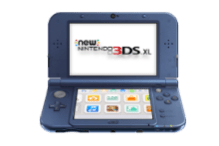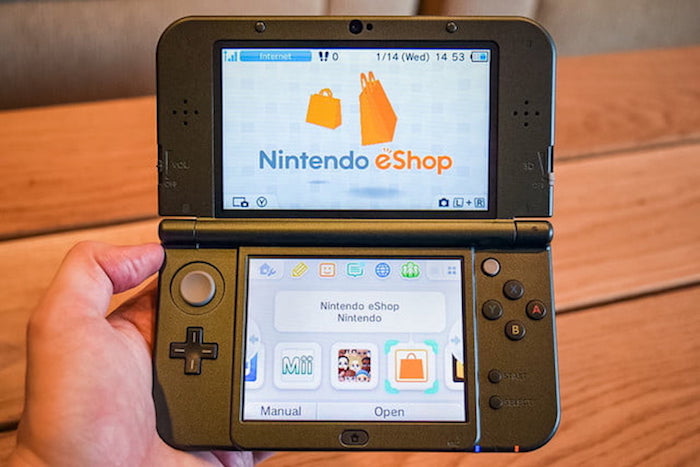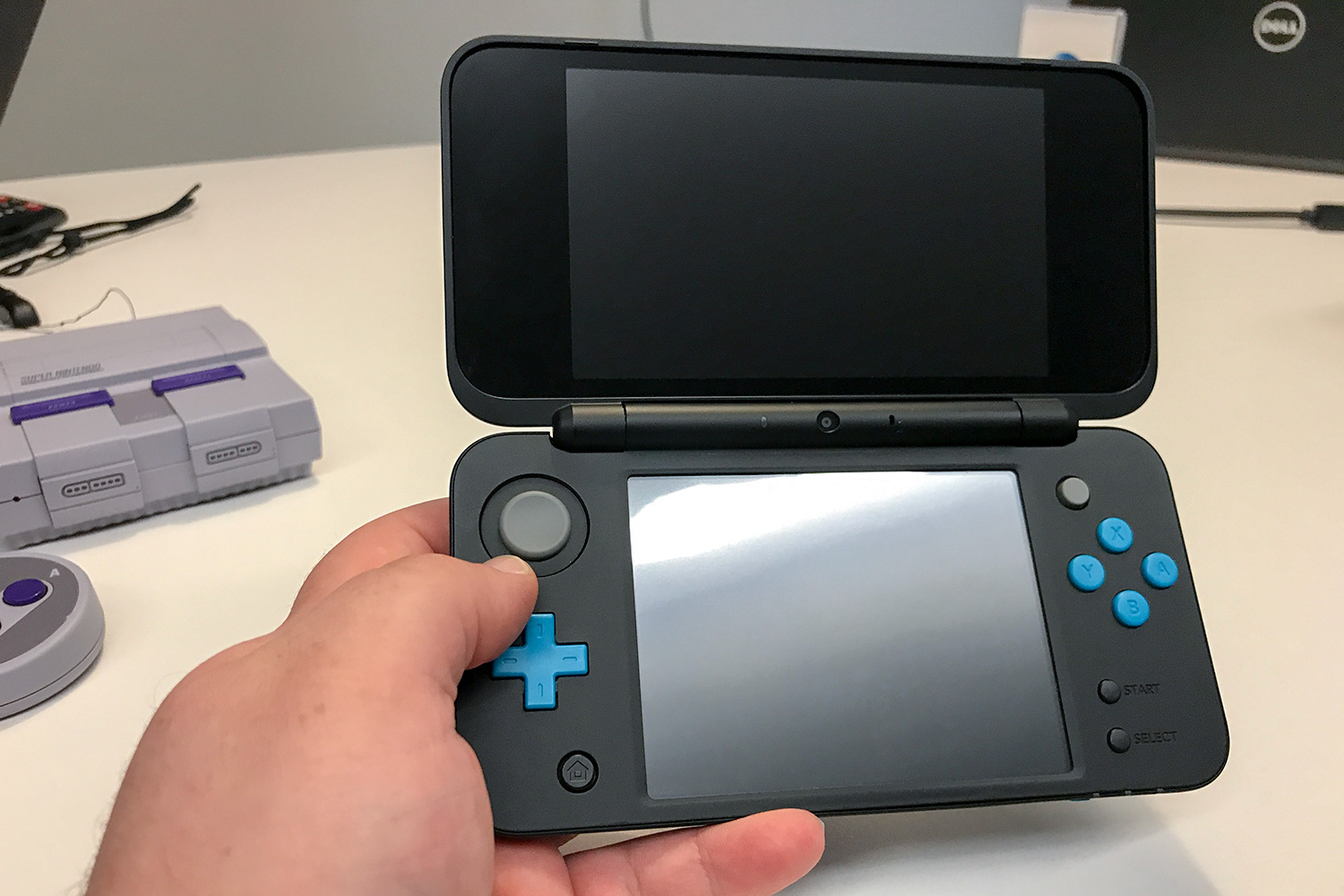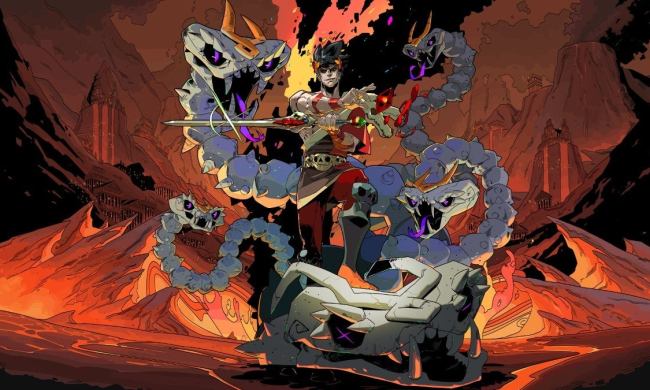Although the Nintendo Switch poses as a great portable console and reigns supreme in popularity, Nintendo isn’t ready to let their handheld consoles fall to the side. Since the Switch’s release, the 3DS has gotten a plethora of great games, including Metroid: Samus Returns, WarioWare Gold, Luigi’s Mansion,Pokémon Ultra Sun and Ultra Moon, Mario & Luigi: Superstar Saga + Bowser’s Minions, and Hey! Pikmin.
It wasn’t a total surprise when Nintendo announced a new 3DS to add to their family of portable consoles. The Nintendo 2DS XL was announced just months after the initial release of the Switch. Additionally, Nintendo continued to provide support for its 3DS platform. Those of us who are in love with the Nintendo handheld consoles have a chance to continue to pick up these systems and find new games to explore.
Although the original Nintendo 3DS models are phased out, and the smaller 3DS ceased production, you’re still able to pick up either the New Nintendo 2DS XL, the New Nintendo 3DS XL, or the Nintendo 2DS. We don’t really recommend the Nintendo 2DS unless you’re purchasing this for a younger child. It doesn’t have the power players generally want, it doesn’t close — which makes it susceptible to scratches — and it has a smaller screen size. However, that does leave you with two great, similar-looking options.
So, the question is: Which one should you buy? The New Nintendo 2DS XL or the New Nintendo 3DS XL? Let’s break it down.
Specs
New Nintendo 2DS XL
|
New Nintendo 3DS XL |
|
| Dimensions | 3.4 x 6.3 x .85 inches (closed) | 3.69 x 6.3 x .85 inches (closed) |
| Weight | 261 grams | 329 grams |
| Screen | 4.88 inches (upper) 4.18 inches touchscreen (lower) | 4.88 inches (upper) 4.18 inches touchscreen (lower) |
| Resolution | 800 x 240 | 800 x 240 |
| GPU | 804 MHz ARM11 MPCore quad-core | 804 MHz ARM11 MPCore quad-core |
| CPU | 4x VFPv2 Co-Processor | 4x VFPv2 Co-Processor |
| RAM | 256MB FCRAM, 10MB VRAM | 256MB FCRAM, 10MB VRAM |
| Storage | 4GB microSD included (replaceable) | 4GB microSD included (replaceable) |
| Sensors | Gyroscope | Gyroscope |
| 3D support | No | Yes |
| Speakers | Stereo | Stereo |
| Battery | Lithium-ion 1300 mAh | Lithium-ion 1400 mAh |
| Battery life | 3.5 to 7 hours | 3.5 to 7 hours |
| NFC support | Yes | Yes |
| Camera | Front, back | Front, back |
| Ports | Headphones | Headphones |
| Connectivity | 802.11b/g Wi-Fi | 802.11b/g Wi-Fi |
| Price | $120 | $150 |
| DT review | 4 out of 5 stars | 3 out of 5 stars |
| Availability | Now | Now |
Design
- 1. New Nintendo 3DS XL
- 2. New Nintendo 2DS XL
At first glance, the two handhelds look almost identical, but a myriad of small differences between the two make them feel different to not just hold but also to play.
Right off the bat, you can feel the weight difference. The New Nintendo 2DS XL is a couple of ounces lighter than the New Nintendo 3DS XL, making it slightly less of a burden to carry around in your pocket. Along with the decreased weight, it’s also slightly smaller in height. As you can readily see, there’s less space around both screens on the New Nintendo 2DS XL, easily detectable when examining the home button’s move to the left side of the bottom screen. The economical design of the New Nintendo 2DS XL makes it feel a bit more like a toy than the New Nintendo 3DS XL, but the build quality is great nonetheless.
As far as differences that may affect play quality, the New Nintendo 2DS XL’s shoulder buttons are just a bit curved, which makes them easier to press without discomfort. The stylus is positioned directly next to the headphone jack and has had its size decreased a tad from the New Nintendo 3DS XL. While the touchscreen is underutilized in 3DS games, if you have large hands, the New Nintendo 2DS stylus may pose some issues.
Both systems use stereo sound, but their locations differ. On the New Nintendo 3DS XL, the speakers are on both sides of the top screen, whereas on the New Nintendo 2DS XL, they are on the bottom of the handheld. Unfortunately, sound may be muffled due to this change, but as always, the 3DS is best heard with headphones.
While the game card is located on the bottom left in both models, the New Nintendo 2DS XL thankfully adds a cover, which mitigates the chance of accidentally ejecting a cartridge while playing. Additionally, the microSD card slot is found under the cover in the New Nintendo 2DS XL. In order to switch memory cards in the New Nintendo 3DS XL, you need to unscrew the back panel, so the change is certainly a welcome one.
As for the screens themselves, brightness has been kicked up a notch on the New Nintendo 2DS XL. This may cause some issues when playing in natural light, but besides that, image quality has increased vibrancy.
The speaker location and stylus size may be an issue for some, but overall, the changes made to the New Nintendo 2DS XL make it a better-designed handheld than the New Nintendo 3DS XL.
Winner: New Nintendo 2DS XL
3D: A big but largely unimportant difference
As clued in by its name, the New Nintendo 2DS XL lacks the initial differentiating factor of the 3DS family of systems: 3D. When the 3DS launched in 2011, one of its most intriguing selling points was its stereoscopic (sans glasses) 3D. However, as the years have passed, the interest in 3D has died down. If you ask a longtime 3DS owner how often they turn on 3D when playing their 3DS, chances are they will tell you that they rarely use the feature.
While some games in the 3DS library were designed for 3D use — like the early system seller Super Mario 3D Land — it’s not something that you are likely to use a lot. Turning on the 3D to see how a game looks is one thing, but actually playing the game for any sizable duration of time with the slider on is another. The 3D tends to strain your eyes after just a bit of time.
While the New Nintendo 3DS XL technically has a leg up on the 2DS XL here, the difference in price may be worth the sacrifice.
Winner: New Nintendo 3DS XL (technically)
Performance and games

Under the hood, the handhelds mirror one another. Both are enhanced by better processors than early 3DS models, meaning that every great game in the 3DS library will play best on either option.
The extensive library of 3DS hits, including the handful of New Nintendo 3DS XL exclusives (most notably, Xenoblade Chronicles 3D and The Binding of Isaac: Rebirth), can be played on the New Nintendo 2DS XL without a hitch.
Winner: Tie
Price and availability
The New Nintendo 3DS XL retails for $150. Colors have varied since launch, but right now, you are most likely to find black, Galaxy Blue, and red. However, you can pick up a refurbished Nintendo 3DS XL for as low as $120. If you’re not committed to a brand new version of this system, getting a refurbished one may be a great way to go.
You can find the New Nintendo 2DS XL on the market at a price of $120. You can choose between three distinct Mario Kart 7 packages (black and turquoise, orange and white, and purple and silver). You also have the option to select several other colors that do not come in a package including black and turquoise, white and orange, purple, and a Pokéball design.
Currently, you’re not looking at a huge price gap between the two. However, factor in that the New Nintendo 2DS XL comes with an AC adapter, whereas you have to buy a charger separately when picking up the New Nintendo 3DS XL. Chargers can be found for $10 or less, but it still lengthens the price difference a bit.
Winner: New Nintendo 2DS XL
Final verdict
If you’re in the market for a dedicated Nintendo handheld, you can’t go wrong with either the New Nintendo 2DS XL or the New Nintendo 3DS XL. That said, if we’re forced to choose, then we’d pick the New Nintendo 2DS XL for its new and improved design features.
Winner: The New Nintendo 2DS XL





